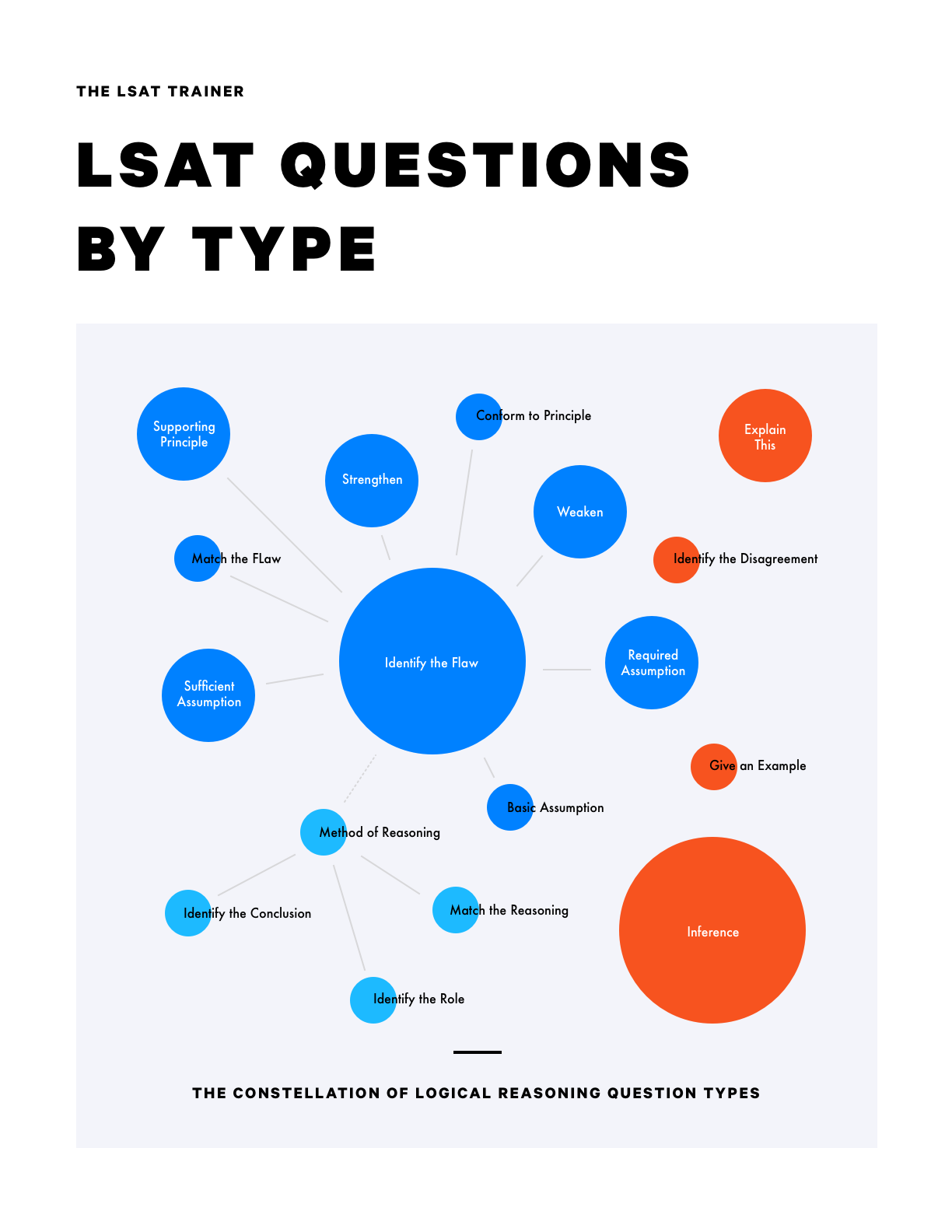Game 1
Step 1
Per the given scenario, we can write out the six elements to be placed - G, L, M, R, S, and V - and we can lay out the six positions to be filled, two positions each for teams 1, 2, and 3, with the positions split up based on opening or final argument.
Step 2
Per the first rule, we can notate that M must be grouped with G or V.
Step 3
Per the second rule, we can notate that L presents an opening rather than final argument.
Step 4
Per the third rule, we can notate that between G and R, one prepares an opening argument and the other a final argument.
Step 5
We can notate that S is not directly restricted by any of the given rules.
Game 2
Step 1
Per the given scenario, we can write out the three elements to be placed - H, J, and L, and indicate that each element will be used once or twice.
Step 2
Per the first and second rules, we can create two frames, one in which J leaves the first and last message, and another where H leaves the first and last message. In each of these frames, we can indicate that we have a minimum of four messages and up to six total messages.
Step 3
Per the third rule, we can place H immediately before the final J in the first frame, and J immediately behind the first H in the second frame, for, in each frame, those are the only ways to satisfy the given condition.
Step 4
Per the fourth rule, we can notate, in the first frame, that J can’t be in slots 2 or 3 (this notation is unnecessary if you can keep in mind that we’ve already utilized both J’s) and, in the second frame, that J can’t be the third element.
Game 3
Step 1
Per the given scenario, we can write out the six elements to be placed - F, G, H, R, S, and T, and we can lay out the six positions to be filled, in order. We can also notate that 2 of the elements, either G and T or S and H, are part of the night shift, and the rest of the elements (4 total) are part of the day shift.
Step 2
Per the first rule, we can notate that F must be before G.
Step 3
Per the fifth rule, we can notate that G must be before T.
Step 4
Per the third rule, we can notate that R must be before T.
Step 5
Per the second rule, we can notate that R must be before S.
Step 6
Per the fourth rule, we can notate that S must be before H.
Game 4
Step 1
Per the given scenario, we can write out the four elements to be placed - G, J, R, and V, as well as the four subsets - f, l, m, and s, and we can lay out our positions for the elements and subsets, in order.
Step 2
Per the first rule, we can notate that l must go in one of the first two positions.
Step 3
Per the second rule, we can notate that R cannot be before m.
Step 4
Per the third rule, we can notate that V must be before J.
Step 5
Per the fourth rule, we can notate that if J doesn’t get off before f, then G won’t get off before s. Per the fourth rule, we can also notate that if J does get off before f, then G will get off before s. Taken together, these rules create a biconditional.



